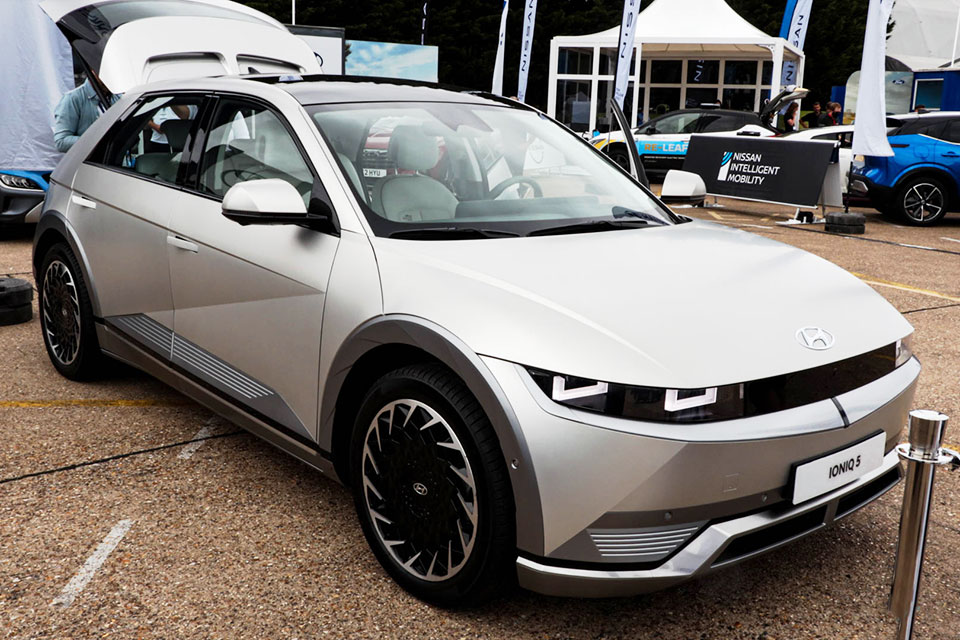Upgrade the security of your fleet
https://fleetservicessummit.co.uk/wp-content/uploads/2022/02/L4V-MPU-960-x-640.jpg 960 640 Guest Post Guest Post https://secure.gravatar.com/avatar/cb2a67f15cd7d053d8e638a1df3fd67f?s=96&d=mm&r=gBy Locks 4 Vans
A van is broken into every 23 minutes in the UK. This results in not only the theft of valuable cargo and costly repair bills for the vehicle, but also the loss to your business in having that vehicle off the road.
At Locks 4 Vans we are passionate about protecting Commercial Vehicles from criminal attack or theft.
We have identified various common types of attack: peel & steal, puncturing the bodywork to expose the van’s locking system and a range of opportunistic crime methods. Locks 4 Vans works closely with our trusted installer network so we can react and anticipate new methods of attack used by criminals, helping you to protect your fleet.
We have over 7,000 locking and shielding products/components in our award-winning range. Our team of security specialists are on hand to equip you with a bespoke solution to meet the needs of your fleet, improving the security of your cargo.
Whether your business is in logistics, parcel delivery, utility, property maintenance, pharmaceutical, food and beverage or rental, we have LCV and HGV solutions for you.
Find out more about the latest attack methods and how to protect your fleet





 The good news is that almost all drivers – given the right tools and incentives, can improve their safety dramatically – even overnight!
The good news is that almost all drivers – given the right tools and incentives, can improve their safety dramatically – even overnight! 







